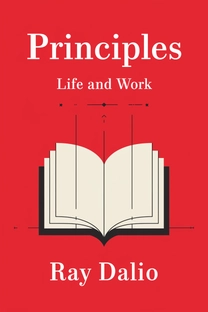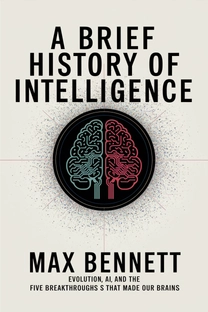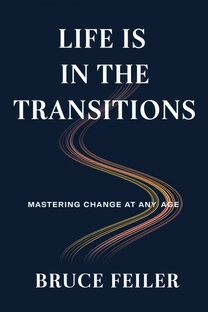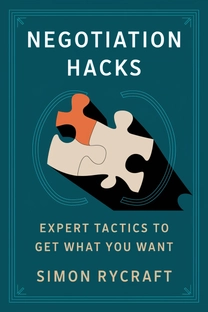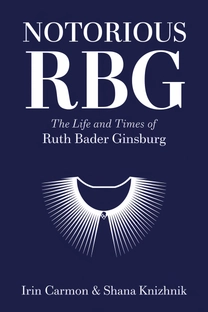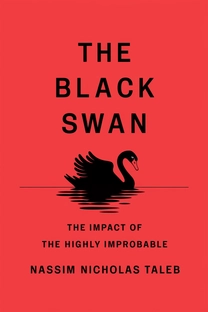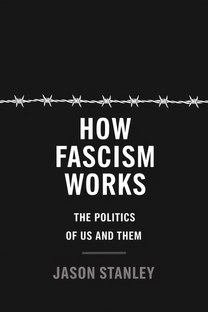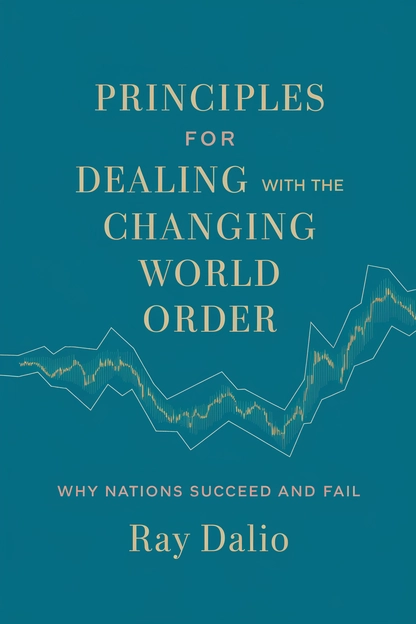
Principles for Dealing with the Changing World Order
Why Nations Succeed and Fail
by Ray Dalio
Brief overview
This book explores how nations rise and fall and reveals recurring patterns in economics, politics, and global power structures. It argues that understanding these cycles of debt, conflict, and innovation can help people anticipate change and position themselves more securely. Readers will come away with a framework to better navigate complex transitions and future crises.
Introduction
Societies go through prosperous upswings followed by difficult downturns, which can feel sudden but often follow predictable patterns. This book identifies these cycles by looking at centuries of historical data, showing that major shifts in wealth and power emerge when debts grow unmanageable and when the balance of power changes at home and abroad.
By highlighting this cyclical nature, the book aims to help readers see beyond day-to-day headlines. It encourages a more long-term perspective on finance, politics, and social trends. From the emergence of new technologies to government responses in times of stress, this framework reveals repeated themes that guide us through pivotal moments in history.
The introduction sets the stage for exploring why understanding once-in-a-century events—from revolutions to currency upheavals—is essential. The ultimate goal is to enable individuals, investors, and leaders to prepare better and make wiser decisions in evolving circumstances.
The Arc of Empires
Empires typically pass through distinct phases: emergence under strong leadership, growth through innovation, peak prosperity, overextension, and decline. Each transition involves economic and social triggers—debt accumulation, widening wealth gaps, and challenges from rival powers.
Rather than random phenomena, these upswings and downswings unfold according to logical cause-and-effect patterns. When a nation successfully invests in education and technology, it often gains global influence. But complacency at the top can lead to borrowing, internal tensions, and external threats.
Crucially, viewing empires as cyclical forces can make present-day events less surprising. Observing political or financial upheavals in the light of history ensures we can act more prudently. Each empire’s narrative is different but tends to echo a broader mutual storyline.
What is Principles for Dealing with the Changing World Order about?
“Principles for Dealing with the Changing World Order: Why Nations Succeed and Fail” reveals patterns behind why societies rise, peak, and eventually lose influence. Ray Dalio outlines how economic booms, debt cycles, and rival powers interact in rhythmic ways that drive global shifts. By examining age-old cycles of debt and conflict, he provides a clear context for today’s rapidly changing geopolitical and financial landscape.
The book’s data-driven approach helps readers interpret market fluctuations, political turbulence, and societal debates through a larger historical lens. This perspective can be a strategic advantage for anyone looking to spot early warning signs and adapt to instability. With real-world examples and decades of research, it shows how anticipating cyclical swings can help preserve wealth and stability.
This work ultimately empowers readers to see beyond short-term headlines, offering a roadmap to make better informed financial, professional, and personal decisions. It emphasizes that recognizing the patterns shaping global power is a key step toward thriving, not just surviving, under shifting world orders.
Review of Principles for Dealing with the Changing World Order
Ray Dalio’s systematic breakdown of history’s ups and downs makes complex concepts understandable, even for those without prior knowledge of economics. He merges long-term data analysis with clear storytelling to show the hidden forces that shape our modern world. One major strength is his focus on real examples—from changing currency values to social upheavals—giving readers tangible insights to apply in their own planning.
The writing is approachable yet detailed, striking a helpful balance between technical detail and real-life implications. Because of this, both novice readers and seasoned professionals can learn strategies to protect and grow their assets. The book speaks directly to anyone concerned with rapid global changes, connecting historical cycles with immediate, relevant applications. For those wanting to navigate inevitable shifts in economic trends and power dynamics, this is a recommended read.
Who should read Principles for Dealing with the Changing World Order?
- Financial advisors who need a historical framework for market analysis
- Business owners or executives anticipating long-term economic shifts
- Policy analysts and government officials seeking deeper insight into global power trends
- Students and academics researching historical patterns of empires
About the author
Book summaries like Principles for Dealing with the Changing World Order
Why readers love Mindleap
10-Minute Book Insights
Get the core ideas from the world's best books in just 10 minutes of reading or listening.
Curated For You
Discover your next favorite book with personalized recommendations based on your interests.
AI Book ExpertNew
Chat with our AI to help find the best book for you and your goals.
Reviews of MindLeap
Love how I can get the key ideas from books in just 15 minutes! Perfect for my busy schedule and helps me decide which books to read in full.
Alex R.
The summaries are incredibly well-written and the audio feature is perfect for my commute. Such a time-saver!
Jessica M.
Great app for personal growth. The insights are clear and actionable, and I love how they capture the essence of each book.
Chris P.
The app is beautifully designed and the summaries are top-notch. Definitely worth every penny!
Sarah K.


